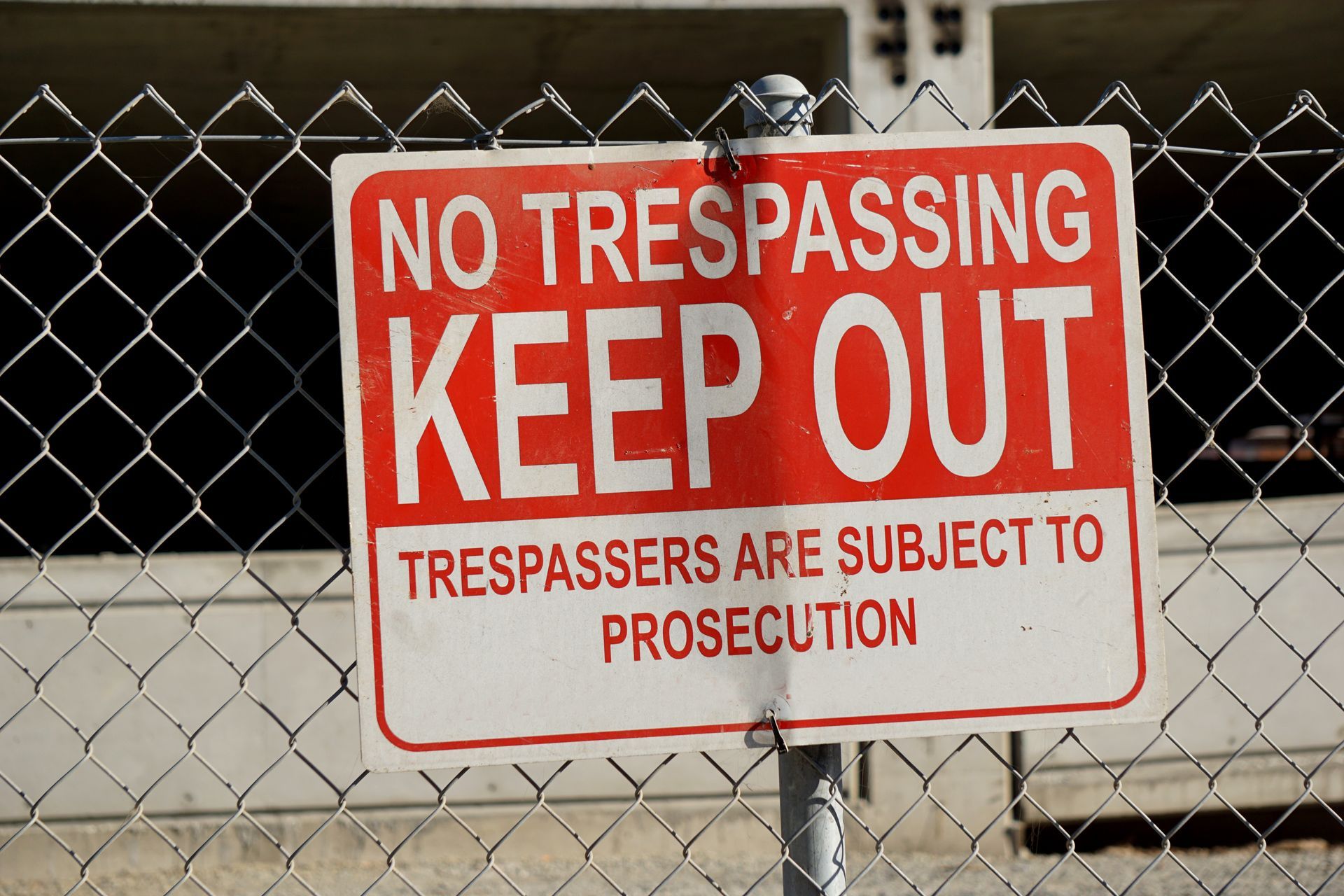What are the Three Types of Trespassing?

Trespassing is a term that can encompass more than just unlawful entry to private property. There are in fact three unique types of trespassing, each of which carries different sentencing guidelines. Some trespassing types may also benefit from slightly different defense strategies.
Trespass to Land
The most commonly recognized category, trespass to land involves entering another person’s real property (e.g., a building or structure) without their permission or refusing to leave when asked to do so. Even if you were unaware you were on private property, you could still be charged with unauthorized entry.
Where you trespass will significantly affect your charge. Unlawfully entering or remaining in a residential structure is trespassing in the first degree, which is a class 6 felony that can result in up to a 2-year prison sentence. Entering or remaining in a fenced residential yard is also trespassing in the first degree, and is a class 1 misdemeanor that can carry a six-month jail sentence. Trespassing in the second degree is when you unlawfully enter or remain on a non-residential property or fenced commercial yard. This is a class 2 misdemeanor and can lead to a four-month jail sentence.
Third-degree trespassing operates on different conditions. Instead of being based on what kind of property was involved, it’s specifically invoked when you are given a reasonable request to leave a property, and you refuse to comply. These demands can be either a verbal request made by the owner or a police officer or non-verbal signage. A “No Trespassing” sign counts as a reasonable request to leave. Third-degree trespassing is punishable by up to 30 days in jail and a $500 fine.
There are potential defenses to trespass to land, like confusion because the property’s borders were ill-defined. Intent is also a key variable in law, and clearly showing you did not intend to trespass may benefit your case.
Trespass to Chattels
Trespass to chattels is when someone else’s personal property has been “trespassed” or otherwise stolen or damaged. Crimes in this category include theft, personal property damage or using another person’s car, electronics or other personal items without authorized permission.
The penalties will depend on the stolen or damaged property’s value. Property costing less than $1,000 is a class 1 misdemeanor, which includes a maximum six-month jail sentence or a fine up to $2,500. However, if the stolen property costs $25,000 or more, it qualifies as a class 2 felony and is punishable by a three to 35-year prison sentence.
Trespass to the Person
This refers to when you unlawfully enter someone else’s personal space without their consent and cause harm or injury, either by stalking, harassing[1] or committing physical assault or battery. Even the threat of violence can constitute trespassing on another person’s rights.
The legal penalties for harassment will depend on whether violence was perpetrated or not, which can be the difference between a misdemeanor and a felony. If a deadly weapon was involved, the punishment will be much more severe, possibly resulting in upwards of a 21-year prison sentence.
Defenses Used Against Trespassing Charges
- Lack of Intent: You may be able to argue that you genuinely believed you had permission to be on the property or were unaware that you were trespassing. This may be an option in cases of mistaken property boundaries, or if there was confusion about permission and non-conspicuous signage.
- Consent: There are some scenarios where a defendant may be able to argue they had express or implied consent – either verbal or written – to enter or remain on the property. This may require evidence or testimony that the property owner invited you onto the premises or allowed you to enter in the past.
- Necessity: This can be a particularly effective defense in certain circumstances. For example, if you had to trespass to assist someone who is injured or in danger.
- Public Right of Way: If the public has historically had access to the area in the past, you may be able to argue that you were unaware access was now restricted.
- Open and Obvious: Some defendants may be able to successfully argue that the property owner did not take reasonable steps to make it clear that entry was prohibited. For example, the owner failed to put up signs, barriers and fences, or those barriers and warnings were there but too damaged to convey the message clearly.
- Self-Defense: Some defendants may be able to argue that they had to enter the property to defend themselves, such as a situation in which they jumped a fence to escape an angry stray dog that was chasing them.
Phoenix Criminal Defense Lawyer Michael Alarid III Is Ready to Protect Your Rights
Facing any criminal charges, even something seemingly minor, like trespassing, can be stressful. Even misdemeanors can have severe, long-term consequences. The Law Office of Michael Alarid III recognizes the seriousness of your situation, and we’re ready to advocate for your interest.
Many Arizona residents have turned to Arizona board-certified criminal defense attorney Michael Alarid III for help clearing their name. With years of experience combating all types of criminal charges, you can count on him to fight to secure the ideal outcome for your case.
Schedule a free case consultation by calling (602) 818-3110 or by completing our online contact form today.
Link to "What Are Arizona’s Laws for Cameras and Trespassing?" Blog



